Art of the Genre: Art of the Iconic Female #1; Dejah Thoris
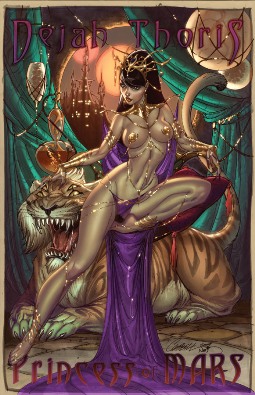 Yeah, so I saw John Carter, and like everyone else that I have heard saw it, I love the movie. In fact I was so taken by it that I decided I had to start a new thread in Art of the Genre, so appropriately the lovely and fierce Dejah Thoris will be the first icon in this series.
Yeah, so I saw John Carter, and like everyone else that I have heard saw it, I love the movie. In fact I was so taken by it that I decided I had to start a new thread in Art of the Genre, so appropriately the lovely and fierce Dejah Thoris will be the first icon in this series.
Now it’s both funny and sad to say this, but the marketing of the female lead in both science fiction and fantasy has been, and will ever be, the epitome of male chauvinistic. My wife loves nothing more than to rail against the infernal machine that is the business in which I’ve chosen to make my livelihood from [or lack thereof], but it’s hard to fight such a powerful Goliath.
So, I move through this art business as best I can, trying to navigate the turbulent waters between what is overtly offensive to women and acceptably sexy to all viewers. Since the business model, however, is geared toward young teenage boys, you can see how it’s difficult to try to sell anything other than sex.
Thus we find images of Dejah Thoris sprawling in half-naked glory all over the internet, and yet when I saw John Carter I could have stood up and cheered for Disney’s take on the showing of flesh in this particular film.
Dejah, as beautiful as she was, didn’t flaunt anything the men of the move didn’t as well, and I was twice as taken with that fact that although John Carter of course went barbarian bare-chested as any slave should, that red Martian warriors wore armor that fully exposed their midsections, no matter if they were male or female.
 Literary traditions are useful things. They’re constructions of literary critics, sure, but useful constructions. A well-articulated tradition can show how different writers deal with the same idea or theme, demonstrating different approaches to a given problem or artistic ideal. It can show affinities between writers, sometimes bringing out resemblences between different figures in such a way as to cast new light on everyone involved. At the grandest level, the whole history of writing in a given language or from a given nation can be seen to be part of a tradition, showing the evolution of a language or the concerns of a people.
Literary traditions are useful things. They’re constructions of literary critics, sure, but useful constructions. A well-articulated tradition can show how different writers deal with the same idea or theme, demonstrating different approaches to a given problem or artistic ideal. It can show affinities between writers, sometimes bringing out resemblences between different figures in such a way as to cast new light on everyone involved. At the grandest level, the whole history of writing in a given language or from a given nation can be seen to be part of a tradition, showing the evolution of a language or the concerns of a people.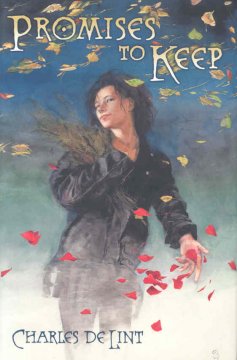
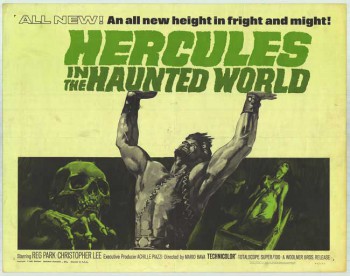
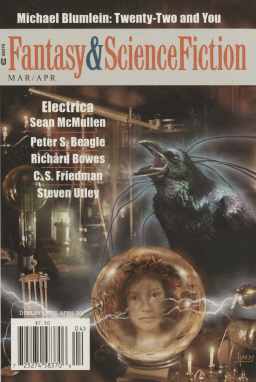
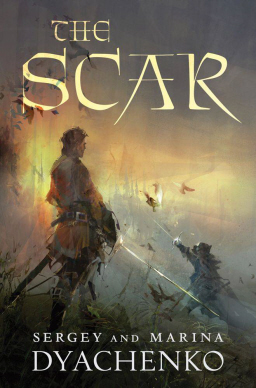
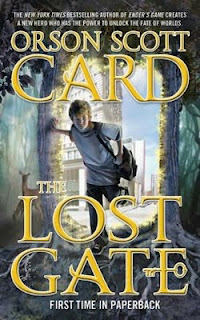 The Lost Gate
The Lost Gate 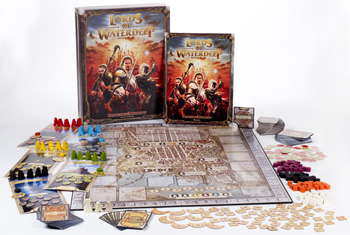 Lords of Waterdeep
Lords of Waterdeep 
